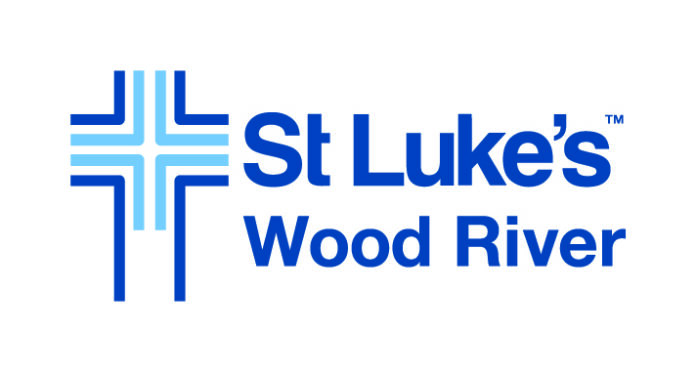By Dr. Giovanna Durman, FMRI Magic Valley Rural Program
Low back pain is a common reason for physician visits in the United States. The majority of people who experience an episode of back pain recover within six to 12 weeks. However, it is classified as chronic when the pain lasts longer than 12 weeks. Chronic low back pain has become a major health problem because it is the main cause of mobility restriction, long-term disability, and decreased quality of life.
Many pathological mechanisms can cause low back pain, like fractures, infection, tumors; however, in 85% of cases, there is not a specific cause. But despite its high incidence, it does not seem to affect everyone equally. Multiple well-known factors increase the risk of chronic low back pain, and these include lack of physical activity, obesity, smoking, physically demanding jobs, physical and mental comorbidities, and low socioeconomic status.
Many people believe that the treatment for back pain is rest and pain relievers. It makes sense because pain tends to decrease at first with rest and inactivity. However, this should be followed by a gradual increase in activity to restore function. Remaining in prolonged periods of inactivity worsens the perception of pain and gives rise to inadequate or inappropriate coping mechanisms that ultimately lead to disability.
The development of pain is said to have multiple factors and be complex because it has cognitive and emotional components, in addition to physiological processes, that is how the body functions. Aggressive approaches to chronic pain treatment led to high levels of narcotic consumption, and this rather resulted in exacerbation of chronic pain, higher disability rates, and worsening of mental health. Current guidelines from the American College of Physicians encourage nonpharmacologic treatment as the first line of therapy for chronic low back pain, with physical therapy being the most common recommendation. Unfortunately, there are disparities in the access to therapy due to high cost of treatments when not covered by insurance.
Many evidence-based alternative options exist for the management of chronic low back pain. Acupuncture is a common modality used for the management of pain, and it is believed to work by stimulating the nervous system with tiny needles to control the perception of pain by the release of endorphins. Yoga has been shown to relieve pain and decrease disability by improving flexibility, stability of muscles and joints, mental and physical relaxation, and posture control. Similarly, Tai Chi is a gentle form of exercise in slow motion and weight shifting that improves musculoskeletal and joint stability. It is an effective treatment in improving physical functioning.
The use of alternative therapies has been shown to be beneficial because it influences the emotional and physical components of pain. These techniques focus on improving function, pain coping strategies, and reducing distress and disability. Today, there is plenty of evidence that they promote physiological and psychological adaptations causing a response in the nervous system which results in an overall improvement of functional abilities and reduces emotional distress. When these therapies are available by well-trained professionals, they are low risk, low cost, and the benefit is high.
It’s your life
We help you live it

